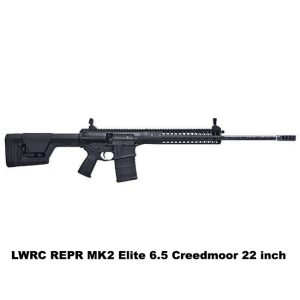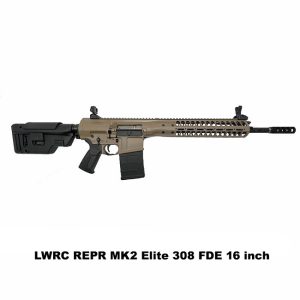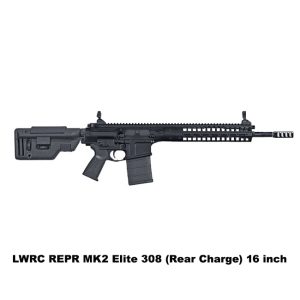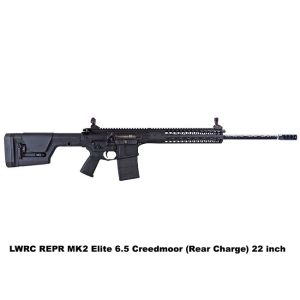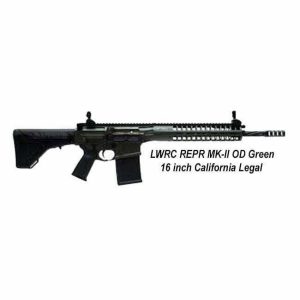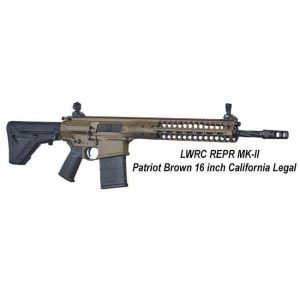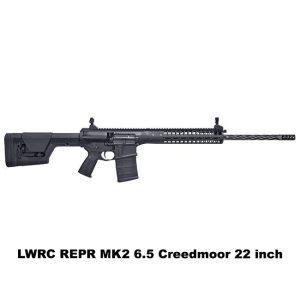The AR-10 is a popular and historically significant rifle that serves as the predecessor to the more widely known AR-15. Both rifles were developed by the American engineer Eugene Stoner in the late 1950s. The AR-10 was one of the first successful military rifles to use the innovative concept of a lightweight, gas-operated, magazine-fed semi-automatic rifle. Here’s a brief overview of the AR-10:
- Design and Development: The development of the AR-10 began in the late 1950s by Eugene Stoner while working for the Armalite Corporation. The design focused on utilizing lightweight materials, modern manufacturing techniques, and the use of the 7.62x51mm NATO (.308 Winchester) cartridge.
- Gas-Operated System: The AR-10 utilizes a gas-operated system, where propellant gases from the fired round are tapped from the barrel and used to cycle the action, ejecting the spent casing and loading a fresh round from the magazine into the chamber.
- Materials and Weight: The AR-10 was one of the first rifles to extensively use lightweight materials such as aluminum and plastics in its construction. This made it significantly lighter than traditional battle rifles of the time.
- Military Adoption and Variants: The AR-10 saw limited military adoption, but it was used by some armed forces around the world, including Portugal, Sudan, Cuba, and Guatemala. Various variants of the AR-10 were produced, each with slight modifications and adaptations to suit specific military requirements.
- Influence and Legacy: The AR-10’s design laid the foundation for the development of the AR-15, which eventually became one of the most popular and widely used rifles in the world. The AR-15 platform became the basis for numerous civilian and military variants, including the M16 and M4 rifles used by the U.S. military.
- Civilian Market: Today, civilian versions of the AR-10 are available in the firearms market, catering to sports shooters, hunters, and enthusiasts. These rifles typically maintain the same lightweight, semi-automatic characteristics and are chambered in various calibers suitable for civilian use.
It’s important to note that while the AR-10 and AR-15 share similar design principles, they are distinct firearms with different operating systems and components. The AR-10 is designed to handle larger, more powerful cartridges compared to the AR-15, which typically fires the smaller .223 Remington or 5.56x45mm NATO rounds.


